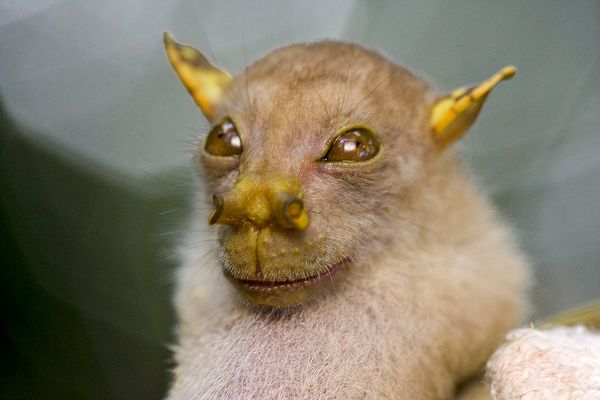
Welcome back to another exciting week of Wild Facts. This week we are going to take a look at some very unique animals starting with one that was recently discovered in 2009. There may not be too much information on the Tube Nosed Fruit Bat but we are going to do our best to learn everything we can about a species we didn’t know existed 3 years ago. That’s right, the Tube Nosed Fruit Bat was one of the 200 species identified during two scientific expeditions through the Nakanai and Muller mountain ranges in Papua New Guinea. Perhaps, we will discuss a few more of the animals identified during this trip throughout the week but first, let’s take a look at this bizarre looking bat.
Do I Look Like Yoda?
Some have compared the Tube Nosed Fruit Bat to the famous Star Wars character, Yoda. Since I have yet to see a Star Wars movie, I can’t really provide my opinion but let me know what you think. Either way, the Tube Nosed Fruit Bat is one odd looking creature. So what’s up with their nose? Like I had mentioned earlier, there isn’t a whole lot of information on this creature but it is believed that their bizarre nose acts like a snorkel. It may look weird but this nose allows the Tube Nosed Fruit Bat to breathe when its face is stuffed inside a scrumptious fruit. That is an interesting adaptation and I am sure it gives this bat an advantage when they play “Bobbing for Apples”.
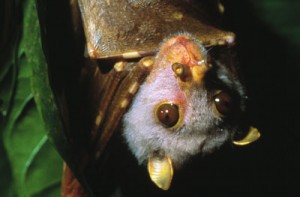
Adapting to Survive?
The Tube Nosed Fruit Bat is typically found in forested areas close to bodies of water, since everyone enjoys living on the water. Like other fruit bats, this particular species plays an important role as a seed disperser in the rainforest ecosystem. Unfortunately, these rainforest ecosystems are being destroyed as a result of human activity. Originally it was believed that this particular bat required high quality forests to survive, however, recent studies have shown them living in degraded habitats. They may not be thriving in these areas but it is great to know they are persisting since habitat destruction is one of the main reasons this bat is listed as endangered. If this species wants to continue living, they had better adapt to living in a degraded environment.
That does it for the first unique animal of the week. Enjoy the rest of your day!
Ong, P., Rosell-Ambal, G. & Tabaranza, B. & Heaney, L., Ingle, N., Cariño, A.B., Pangulatan, L.M., Pedregosa, M., Alcala, E. & Helgen, K. 2008. Nyctimene rabori. In: IUCN 2011. IUCN Red List of Threatened Species. Version 2011.2. <www.iucnredlist.org>. Downloaded on 09 January 2012

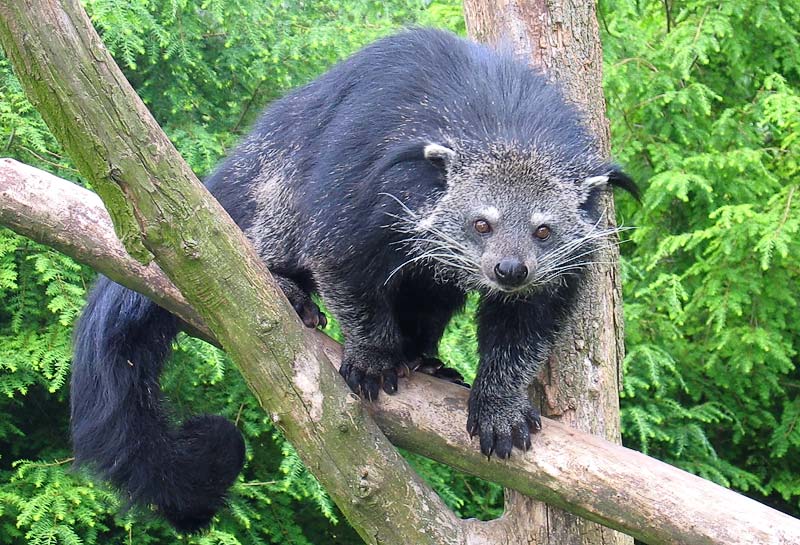
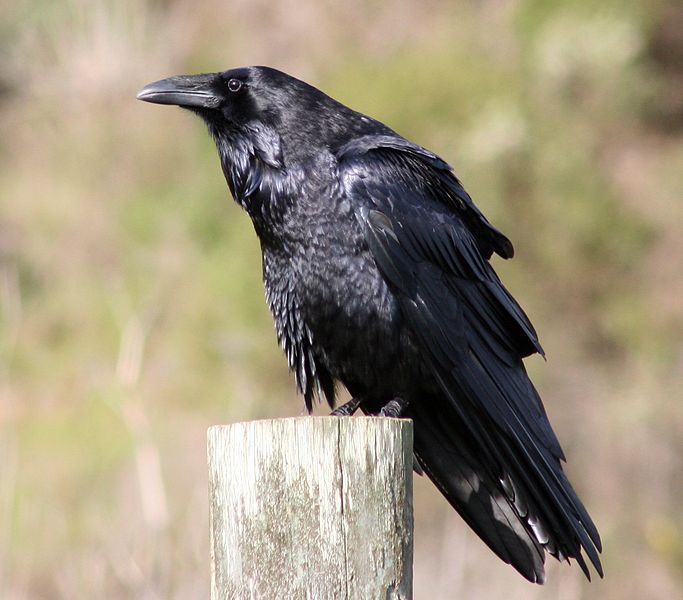
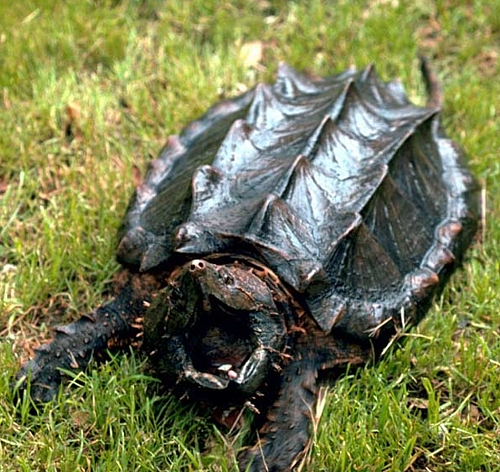

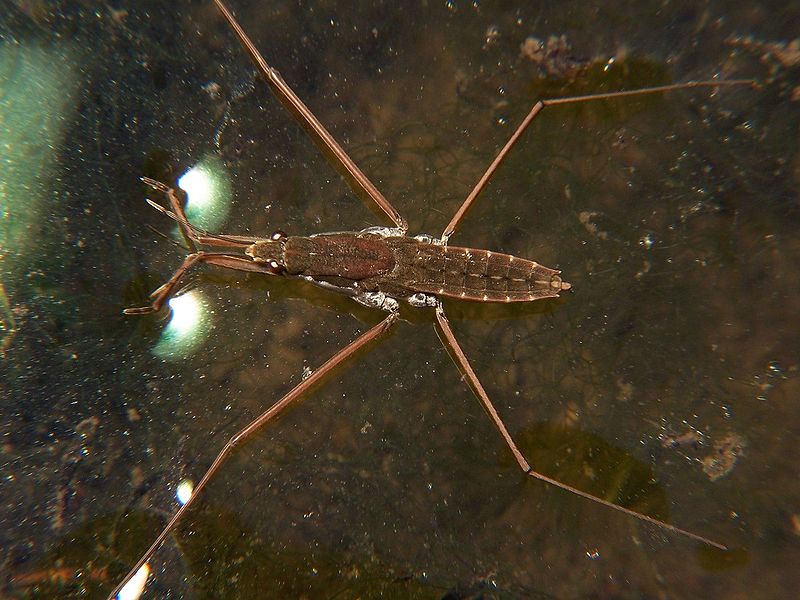
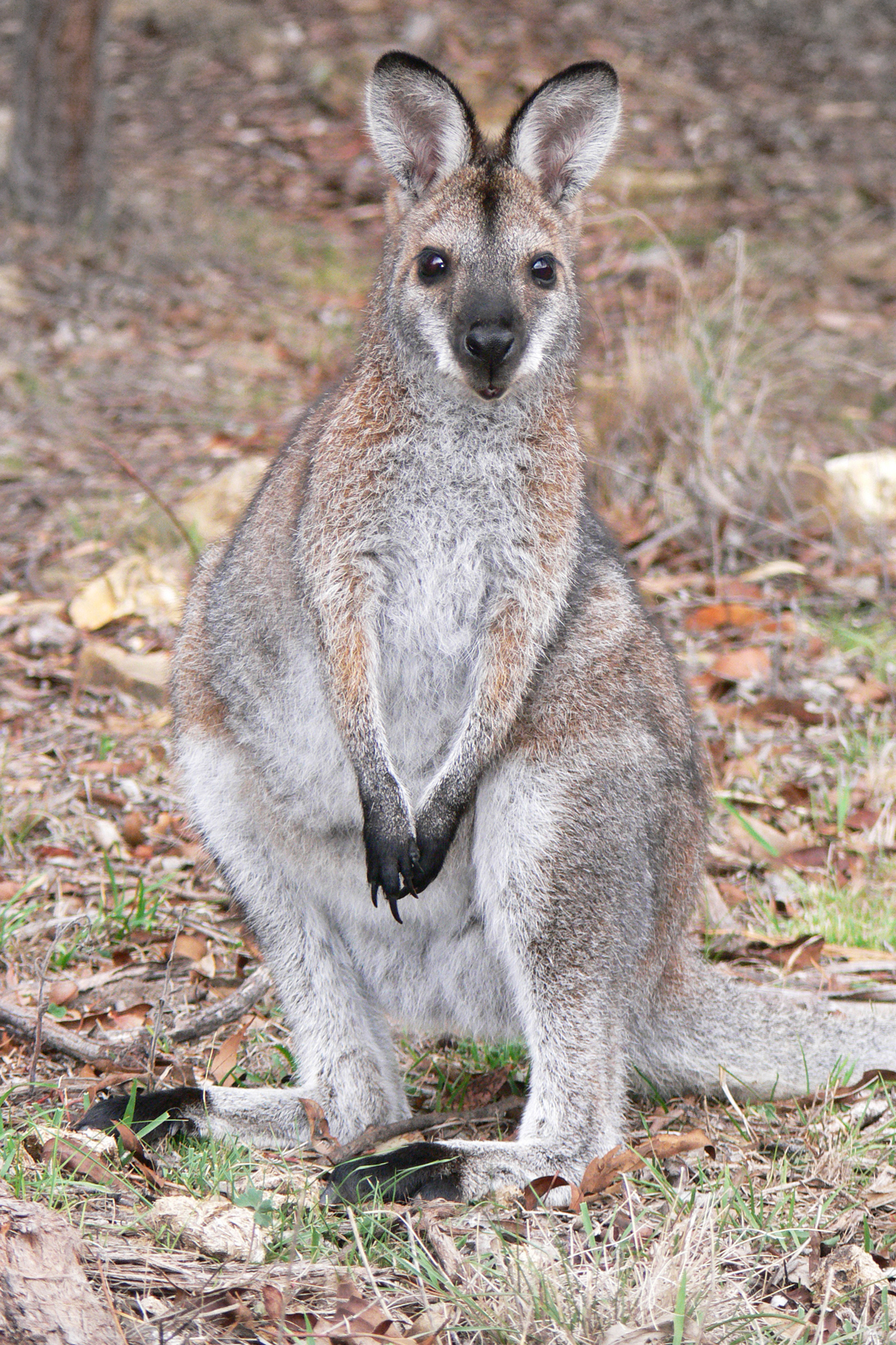
im studying the tube nosed fruit bat and these wild facts are interesting!